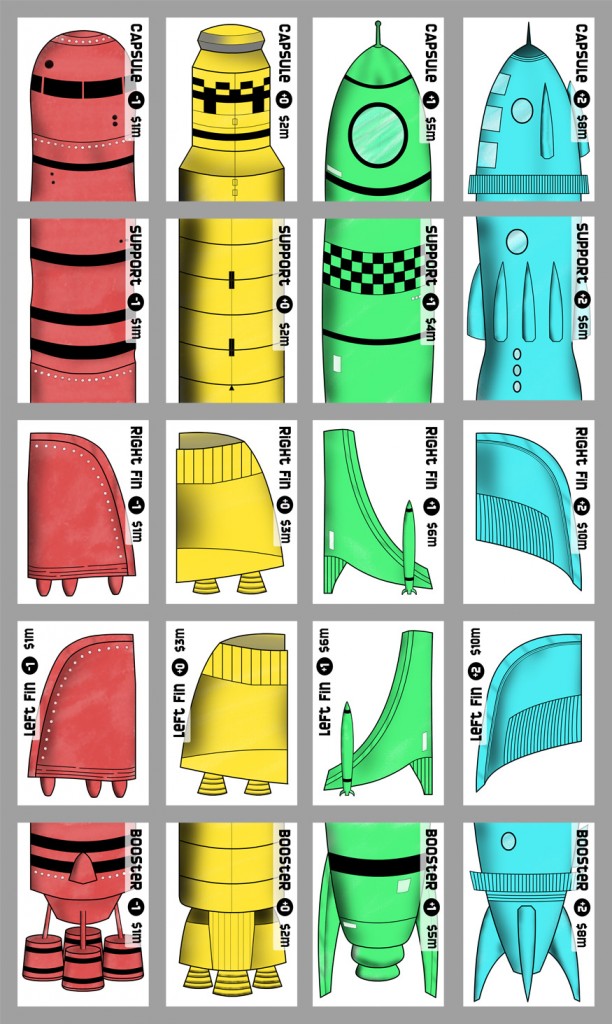After a brief flurry of activity last month, it’s been hard to concentrate on all my little gamey side projects, since I’ve picked up a gig working on Flash games, but I’m still trucking along as the hours or fractions thereof present themselves.
I’ve recruited my friend and fellow improviser Halyn to work on the art for Fluffy Bunny Tea Party! We met today, and I’m totally amazed by the sketches that she put together. I’m really looking forward to working with her on all of the bunnies and desserts and associated artwork for the cards and rule booklet and boxes and whatnot. I’m sending her more technical graphic specs tonight, and we’ve got a production schedule down for a solid BGG.Con launch this year, and I’m totally confident that this is going to be a fantastic little game.
Speaking of cards, I just received a box of a hundred 4″x6″ Six Gun postcards from overnightprints.com, and they look amazing. I already liked the design, and seeing them all glossy and up close makes it all that much better. I’ll try to keep a few on hand as I toodle around – if anybody wants one, let me know, and I’ll make sure that you get it.
Work on Game Poems has been pretty slow lately. I’m just not feeling super inspired – I feel like I’ve explored the form a good bit, published a book of games (which still gets me a small check from distributors every few months, which is pretty nice), and although I’m certainly not out of ideas for them, I’m just not really moved to keep up with the weekly-or-so output these days. I’m writing a few special ones for a collection of vampire games that someone on Story Games is putting together, but beyond that, I’m not promising anything.
There are a couple of other projects still on the medium-back burners (Skin Men, and the Cochise RPG), but my energy is going towards getting Fluffy Bunnies out this year, so we’ll see how much writing and playtesting those get. Still keeping my hand in things, but taking it a bit easy right now, yeah?
